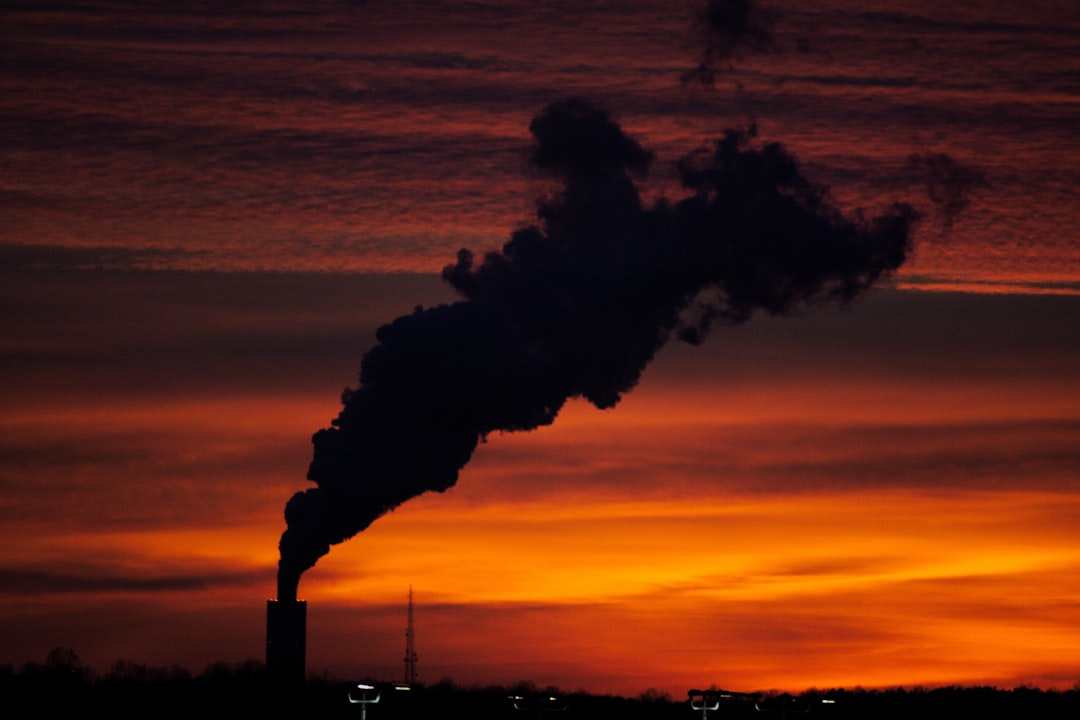What is it about?
A wildfire is a natural disaster that can disturb any ecosystem. The wildfire burns the plants and releases plenty of nutrients like nitrogen, potassium, and phosphorus, into the environment, which may ultimately find a way into our water bodies. This study examines the possible impact of wildfires on water sources in the western United States. Researchers looked at the nutrients found in the smoke from wildfires over 15 years. They collected air quality data and identified nutrients that were higher in the air when there was wildfire smoke. The study found that most nutrients, including phosphorus, were much higher in the air when there was wildfire smoke. In some areas, phosphorus levels were extremely high, and increased by as much as 86,000%. These nutrients were found to increase the cyanobacteria levels in the natural water bodies such as lakes. The researchers suggest that the extra nutrients released by wildfires could be a contributing factor to the growth of cyanobacteria and algal bloom.
Featured Image

Photo by Mike Newbry on Unsplash
Why is it important?
Wildfires are increasing everyday due to climate change, rising temperatures, and more frequent droughts. These wildfires release nutrients that land in lakes and marine ecosystems, and can be harmful. They can lead to algal blooms, including those caused by cyanobacteria. These blooms can produce toxins that harm humans and animals and make water unsafe to drink. The findings from this study can help us understand the amount of nutrients a wildfire can mobilize into our environment. This, in turn, could help water quality managers plan how to minimize these effects on water bodies. KEY TAKEAWAY: The study highlights the important link between wildfires, nutrient release, and the potential for harmful algal blooms. This has major implications for drinking water reservoirs and aquatic ecosystems in regions that are at a high risk of wildfires. This research relates to the following Sustainable Development Goals: • SDG 13: Climate Action • SDG 6: Clean Water and Sanitation • SDG 15: Life on Land • SDG 14: Life Below Water
Read the Original
This page is a summary of: Wildfires in the western United States are mobilizing PM2.5-associated nutrients and may be contributing to downwind cyanobacteria blooms, Environmental Science Processes & Impacts, January 2023, Royal Society of Chemistry,
DOI: 10.1039/d3em00042g.
You can read the full text:
Resources
SDG Showcase: Goal 13 – Climate Action
More plain language summaries of research relevant to Sustainable Development Goal 13: Climate Action – brought to you by the SDG Knowledge Cooperative
SDG Showcase: Goal 6 – Clean Water and Sanitation
More plain language summaries of research relevant to Sustainable Development Goal 6: Clean Water and Sanitation – brought to you by the SDG Knowledge Cooperative
SDG Showcase: Goal 15 – Life On Land
More plain language summaries of research relevant to Sustainable Development Goal 15: Life On Land– brought to you by the SDG Knowledge Cooperative
SDG Showcase: Goal 14 – Life Below Water
More plain language summaries of research relevant to Sustainable Development Goal 14: Life Below Water – brought to you by the SDG Knowledge Cooperative
RSC Sustainable Development Goals Showcase
More plain language summaries from RSC relevant to Sustainable Development Goals
SDG Knowledge Cooperative
More plain language summaries of research relevant to all the Sustainable Development Goals.
Royal Society of Chemistry Climate Change Showcase
More plain language summaries from RSC relevant to Climate Change
Climate Change Showcase
More plain language summaries of research relevant to Climate Change
Contributors
Be the first to contribute to this page










